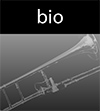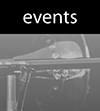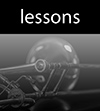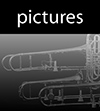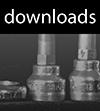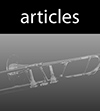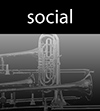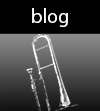Equipment, by Toby Oft
The Boston Symphony is one of the most colorful orchestras to be a part of in regards to tone production. The hall we play in and the wide range of repertoire we perform throughout any one season requires each individual player in the Boston Symphony to take a personal responsibility for their part in the blend and balance of the orchestra. Sitting amongst such amazing musicians every day is inspiring to me because in addition to all the beauty I can hear up close, I can actually read this personal responsibility for the blend on everyone’s faces and it is at least exciting to be a part of if not a complete game changer to my practice routine and equipment performance choices.
When I was taking auditions in Europe, I had the opportunity to hear many incredible German and Swiss orchestras perform live in their own halls and I was struck by the nimble use of color from the brasses in particular. It seemed often that popular excerpts I have practiced and performed back home had more to do with the color you would associate with fortissimo than the actual volume depending on the piece. Often in Brahms or Schubert for example, the brilliant colors of the loud passages from the trombones produced a much more transparent effect which was a strong departure to the wide dominating sound of the trombones I was used to hearing in the US on similar passages of music.
The wide range of color I heard from world class brass sections in live concerts throughout Europe caused me re-evaluate the role of the trombone in the orchestra. Now, especially in Boston Symphony Hall where the color and context are easily achieved than the often refurbished movie halls made into symphony halls with terrible acoustics that are pervasive homes of many US orchestras. I could truly reflect on what color and how much girth of warmth is required to positively reproduce what any composer had in mind.
A look at the winds and other brass sections yields that changing equipment per the needs of the period or specific piece being performed is actually the status quo. Trumpets switch from several different keys and models of trumpet throughout one week on the job let alone in the same piece of music. The trumpet section will even vacillate from several different make of straight mute to achieve the correct color for their passages of music. Horn and Tuba to a lesser extent also change horns throughout a season from one style or key of instrument to another as they too take personal responsibility for their role in the balance, blend, and color of the ensemble. By comparative perspective, that the trombones would relegate themselves to one instrument for everything seems unfortunately short sighted.
I ultimately came up with the strategy to have an alto (Thein Kruspe), small bore Deustche Posaune (Thein Kruspe) small bore tenor for Jazz style Pops(bach 36), and a large bore tenor for everything else (Edwards T350HB) at the ready for my job in the BSO. I can thus shimmer with easy tone production as a rule in the leaner orchestration of Mozart, Brahms, Schubert and play with more girth and warmth in more heavily orchestrated works like Mahler, Bartok, and Tchaikovsky.
General Equipment Strategy
| EQUIPMENT | GENERAL USES |
|---|---|
| Edwards T350HB | Default Trombone |
| Thein Kruspe Alto | Mozart, Beethoven, Brahms: 1 & 2, Mendelssohn, Schumann |
| Thein Kruspe Tenor (small bore) | Brahms: 3 & 4, Schubert, Dvorak 6 & 7 |
| Bach 36G (straight) | Berlioz: Phantastique, Ravel: Bolero & Le Enfant, Jazz or Latin Pops repertoire |

